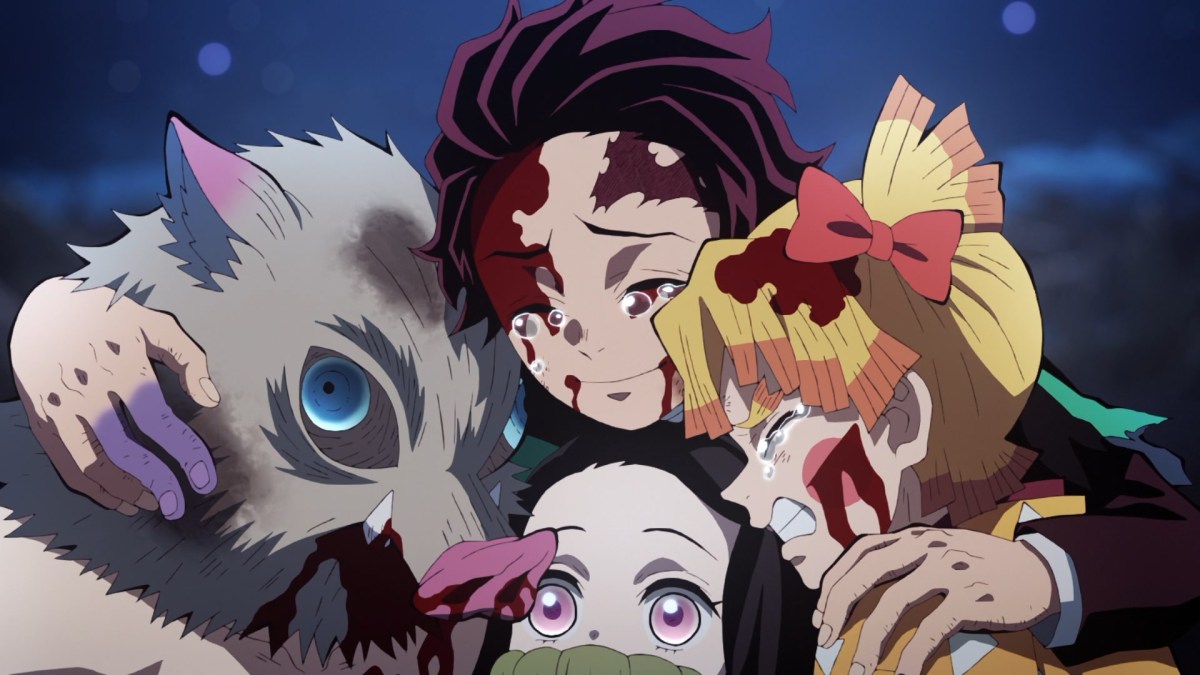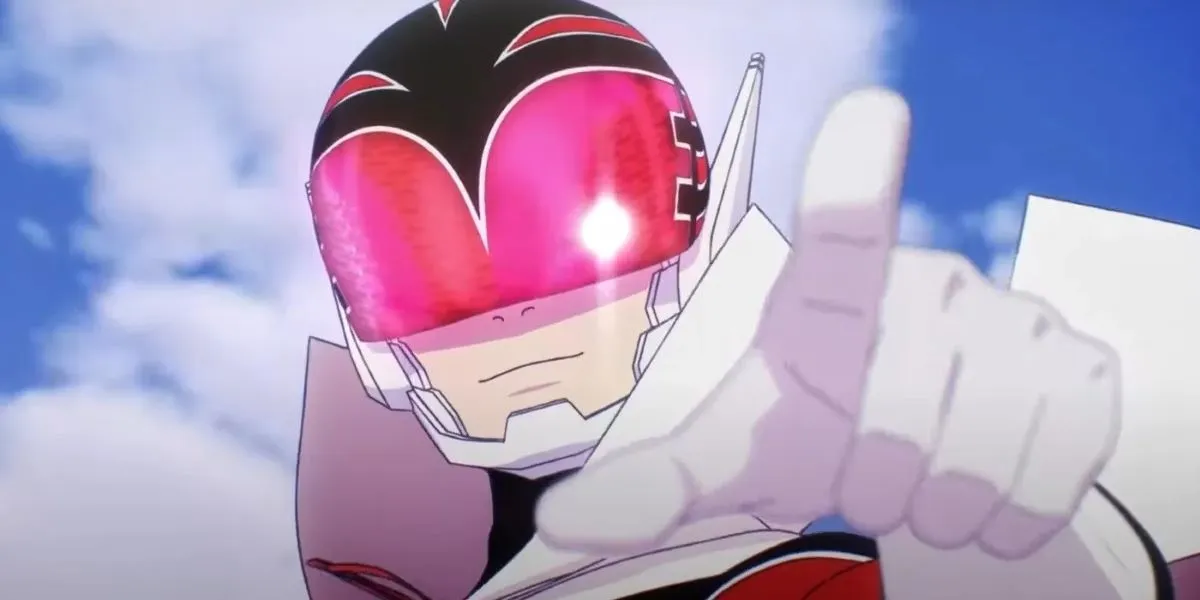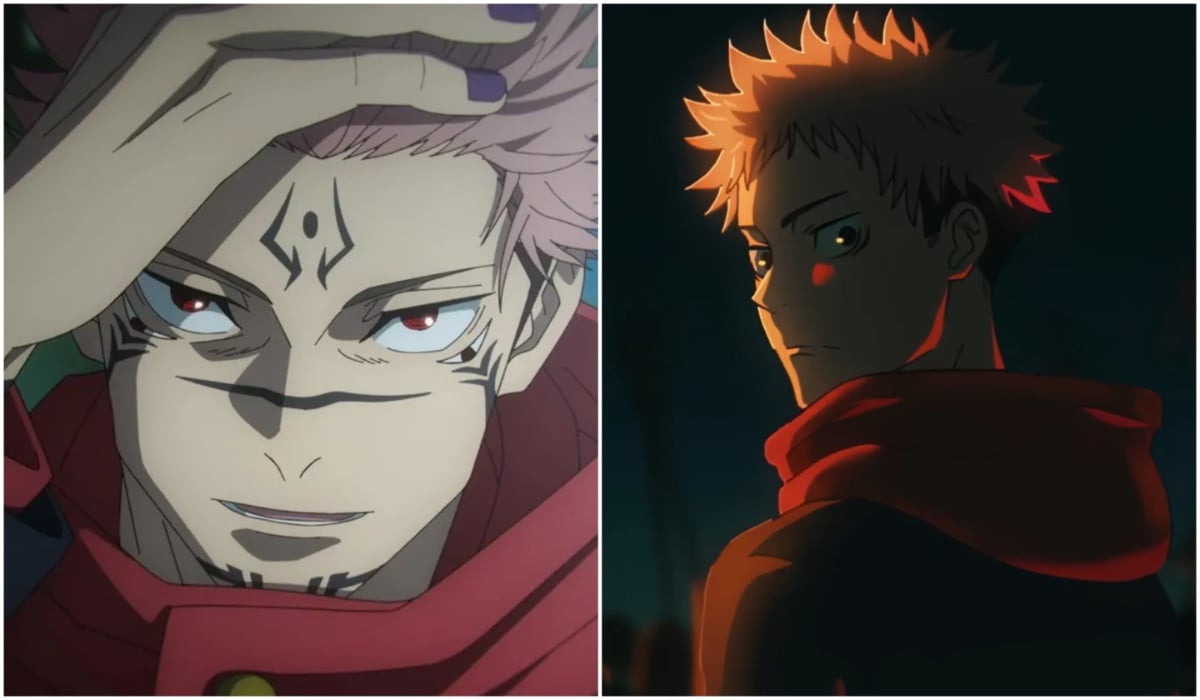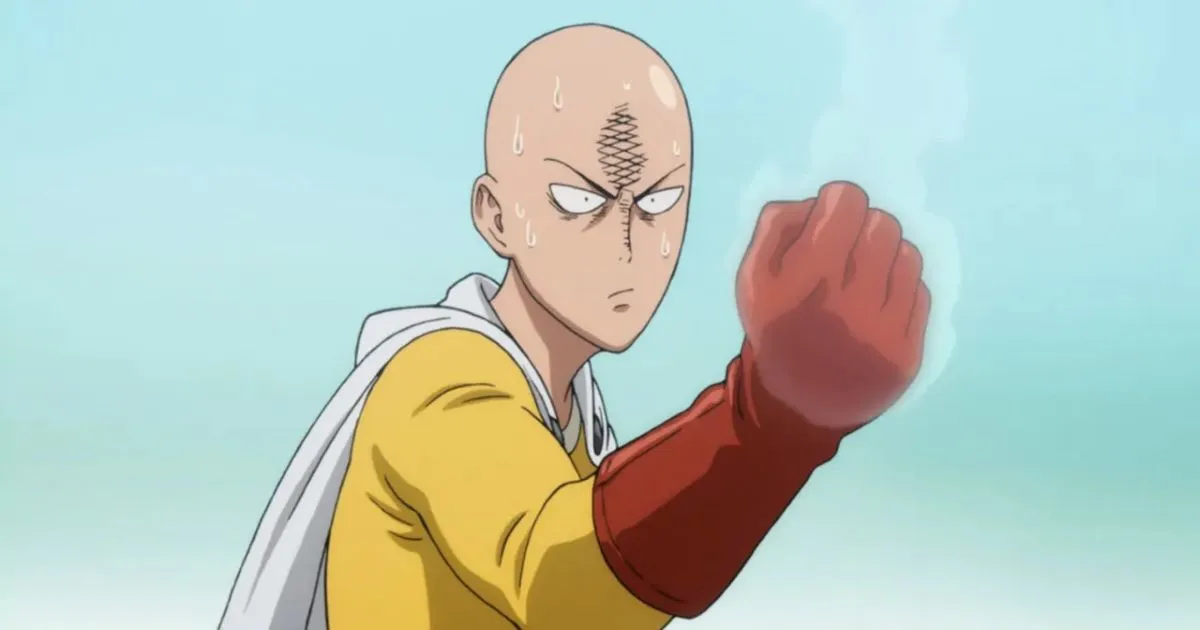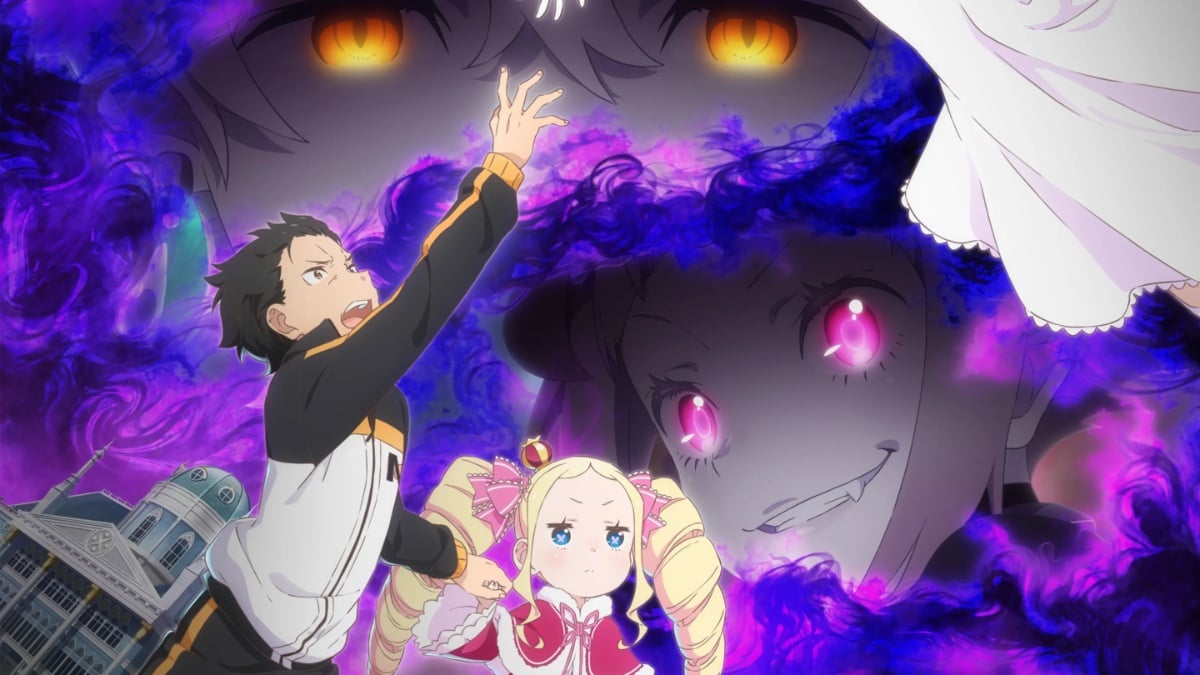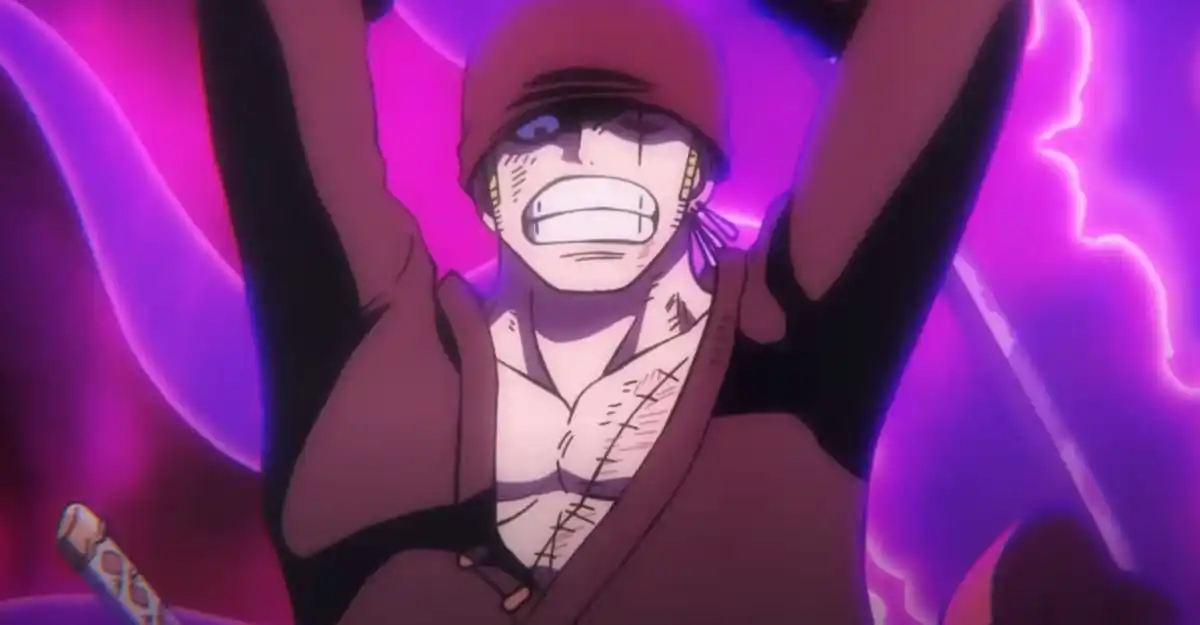Time periods have long been a significant part of anime. Whether it’s a techno-dystopian future or feudal-era Japan, the setting typically tends to act like a character in its own right. Demon Slayer portrays this perfectly. It’s easy to see why this and so many other time periods have been chosen for their respective anime.
The events of Demon Slayer take place in Japan between 1912 and 1926, during the Taishō Period. This time period can be easily identified by its use of technology (or lack thereof), clothing, and conflict between traditionalism and modernism. Even if not all of these factors are present during Demon Slayer battles, their presence is palpable in the series.
Technology changes every day

The technological advancements of the era are one of the most noticeable ways to distinguish it. After the Meiji Period (1868–1912), Japan’s modernization efforts had succeeded in a variety of ways. This is initially seen in Demon Slayer through elements like power lines in rural areas. As larger towns are explored, elements like street lamps and cars start to become commonplace.
The primary cast rides a train for a significant portion of one storyline. While this might not be significant in most television shows, it is in Demon Slayer. Characters like Tanjiro and Inosuke are in awe of all of these things because they grew up in the country and were therefore ignorant to many of these improvements. You can literally feel their excitement when they head to the Entertainment District.
Rural vs. urban areas
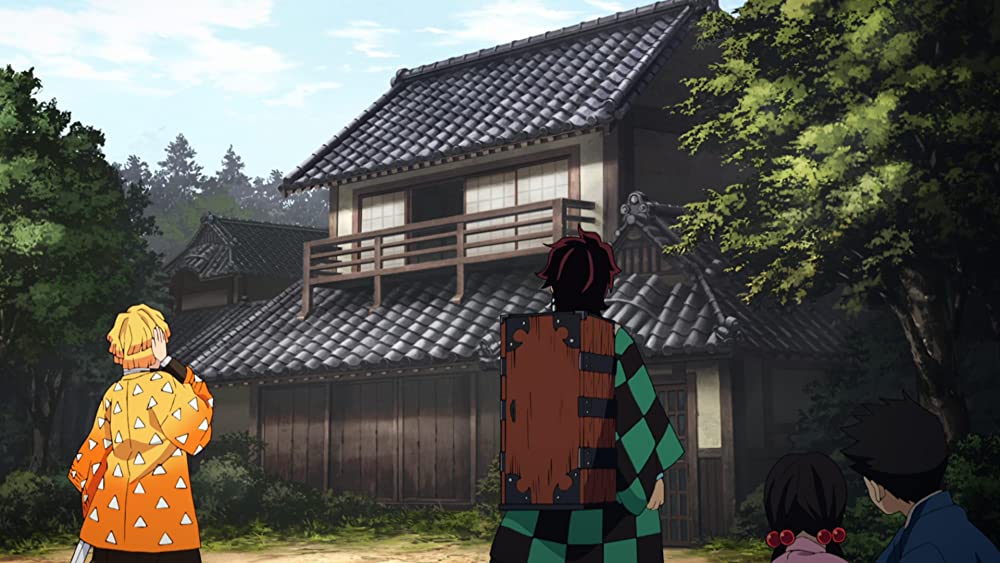
The way that humans treat demons varies between rural and urban locations. Demons are feared in rural places that still uphold tradition. People attempt to stay inside at night because of this, while they’re feared less in the city. Large groups of people frequently wander around at night feeling safe. This is a brave lifestyle choice, but it also explains why Muzan finds it so simple to approach someone and kill them or turn them into a demon.
Whatever the case, it’s clear that spirits like demons and other aspects of the supernatural are overlooked. It gets harder and harder to believe in fantasy things like immortal demons with magical abilities as science advances and the unexplained become commonplace. Even rural residents simply believe in superstitions and myths about demons.
The fashion

In the Taishō era, Japan also made an effort to modernize by adopting western clothes. Three-piece suits and penny loafers were beginning to replace the era of kimonos and zri sandals. Older characters like Muzan and Enmu exhibit these kinds of societal shifts. It may also be observed in the gakuran-like attire worn by the Demon Slayer Corps, which has Prussian Waffenrock roots. Many of them also frequently wear a haori jacket over it.
The choice of weaponry

The Meiji Period’s ban on swords is still in effect throughout the Taishō Period. Swords were restricted to a small number of people after the Warring States Period, especially government officials. This proves to be a significant obstacle for Tanjiro and his friends because they’re forced to keep their personal swords hidden even when on official Slayer business. Although it could have been simpler to just establish the plot in a previous age, having everything take place after swords were outlawed adds to the Demon Slayer Corp’s mysticism.
The setting of Demon Slayer has a variety of significant consequences, unlike most shonen shows. One reason is that few series, with the possible exception of Rurouni Kenshin, depict the Taishō Era in such great detail. Beyond aesthetics, the Taishō Period also places many of the characters’ sayings and deeds into context. It contributes to important story developments and the series’ distinctive appearance and feel.
Feature Image via IMDB



